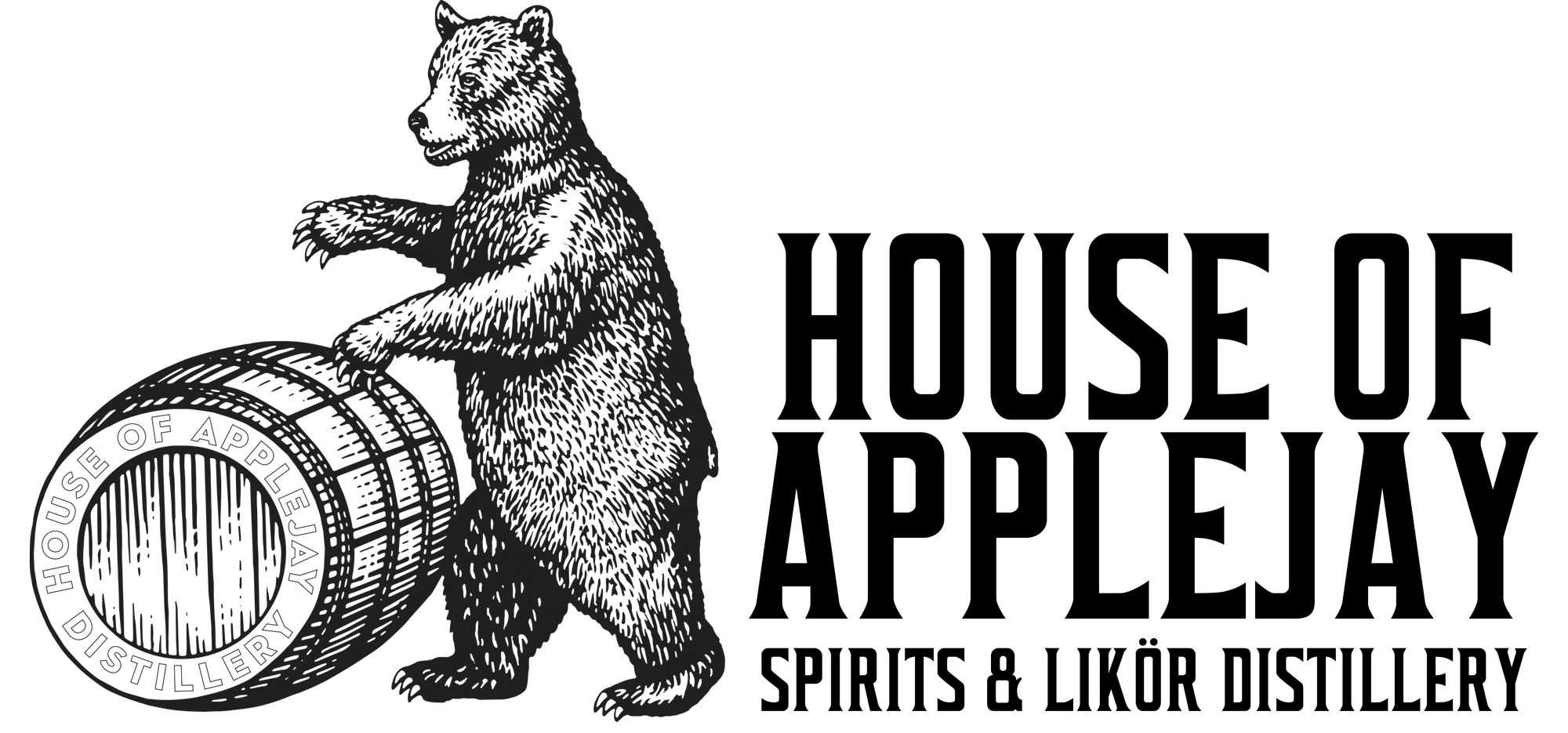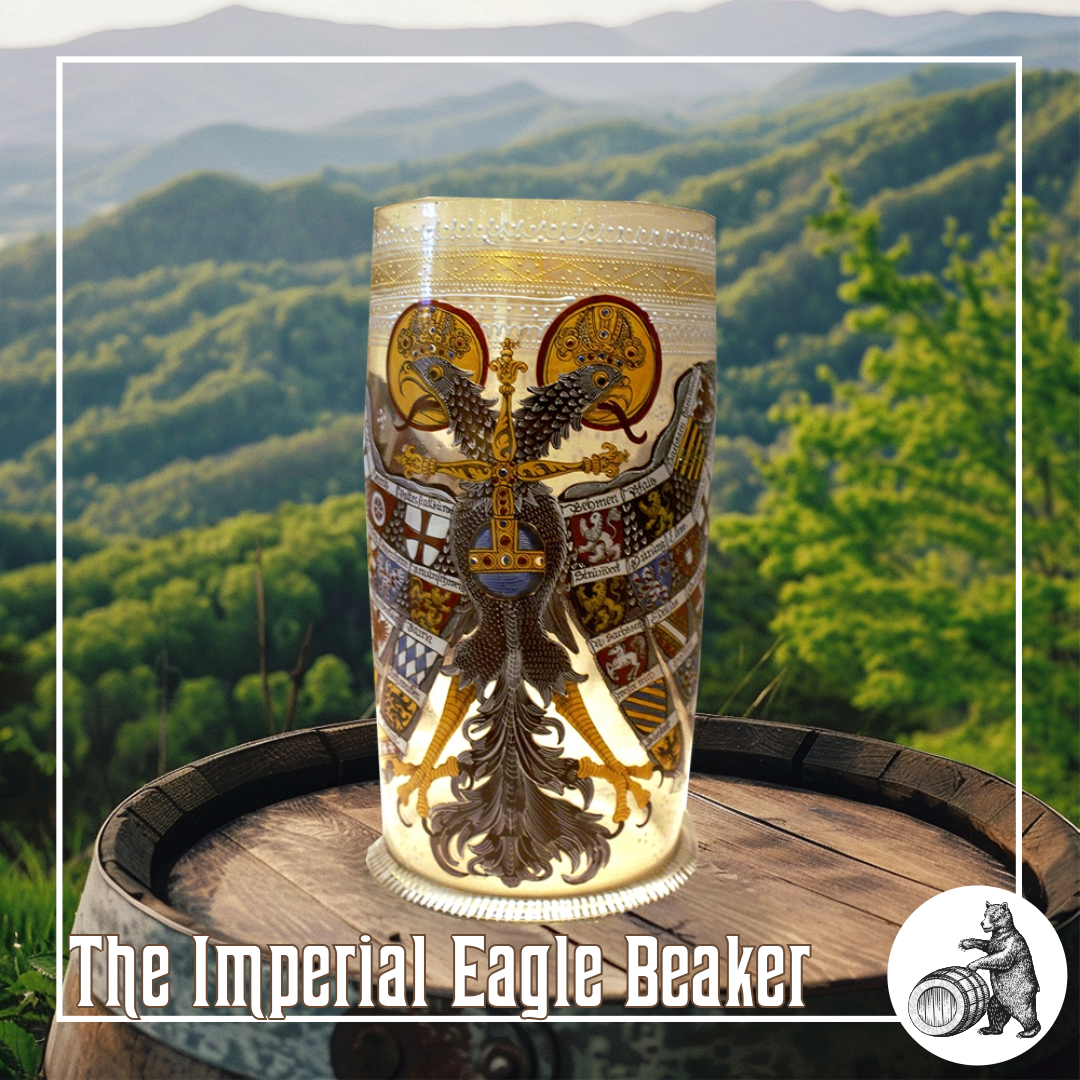The Imperial Eagle Beaker
Symbolism in 16th Century Drinking Culture
A Humpen glass, often referred to as a Humpen or Reichsadlerhumpen, is a significant artifact of European decorative arts and drinking culture from the Renaissance to the Baroque periods. These large cylindrical beakers typically stand between 8 to 12 inches in height and are notable for their intricate enameled decorations. Crafted primarily in regions such as Germany, Bohemia, and Silesia during the 16th to 18th centuries, Humpen glasses were cherished for both their aesthetic appeal and their practical use in serving beer.
The volume of a Humpen glass usually approached that of a gallon, making it a substantial vessel suitable for communal drinking occasions. Among the most renowned examples are the Imperial Eagle Beakers, known as German Reichsadlerhumpen, which first appeared around 1547. These magnificent pieces feature elaborate designs that often include the double-headed eagle – symbolizing the Holy Roman Empire – along with the imperial German crown. The eagle’s breast is frequently adorned with symbols of imperial authority, such as the orb of empire or occasionally a large crucifix, while the wing feathers display the coats of arms of the German electors and the 48 members of the Holy Roman Empire.
By the late 19th century, Imperial Eagle Beakers had become sought-after items, leading to the production of numerous imitations and forgeries. However, their historical significance and symbolic value endured, reflecting a time when such vessels served not only as drinking vessels but also as expressions of loyalty and affiliation with the empire.
In the social drinking culture of the 16th century, the Reichsadlerhumpen held a special place. It was more than just a container for beer; it symbolized the owner’s connection to the Holy Roman Empire and its ideals of unity and authority. This symbolism is echoed in literature, as suggested by historians such as Sven Lüken, who speculated that Johann Wolfgang von Goethe may have had the Imperial Eagle Beaker in mind when he penned the famous lines sung by Frosch in Auerbach’s cellar in “Faust I”: “The dear old holy Roman realm, How does it hold together?”
Thus, Humpen glasses like the Reichsadlerhumpen not only reflect the artistic and technological achievements of their time but also provide a window into the social, political, and cultural contexts of early modern Europe. Their legacy endures as testament to the craftsmanship and symbolism that defined an era of both opulence and ideological fervor.
The Distilling Culture
BLOG
Embark on a global journey, and you’ll find that cultures possess tales that harken back to their ancient beginnings of distillation, brewing, and winemaking.
info@houseofapplejay.com
67 Fowler St, Bldg B, East Ellijay, GA 30540

